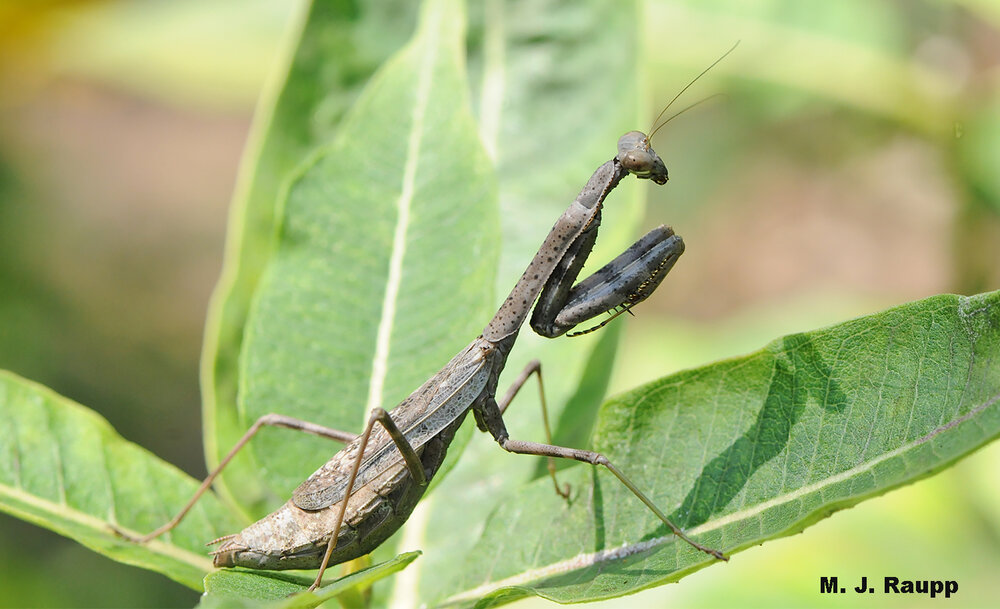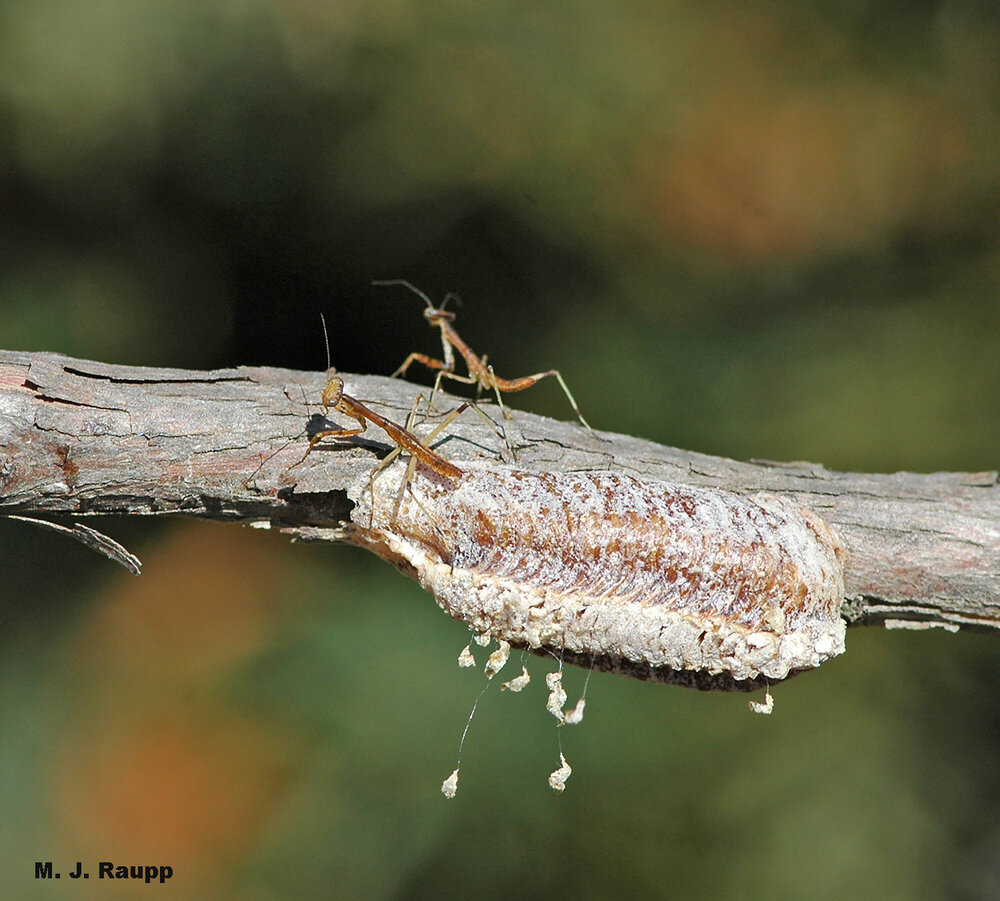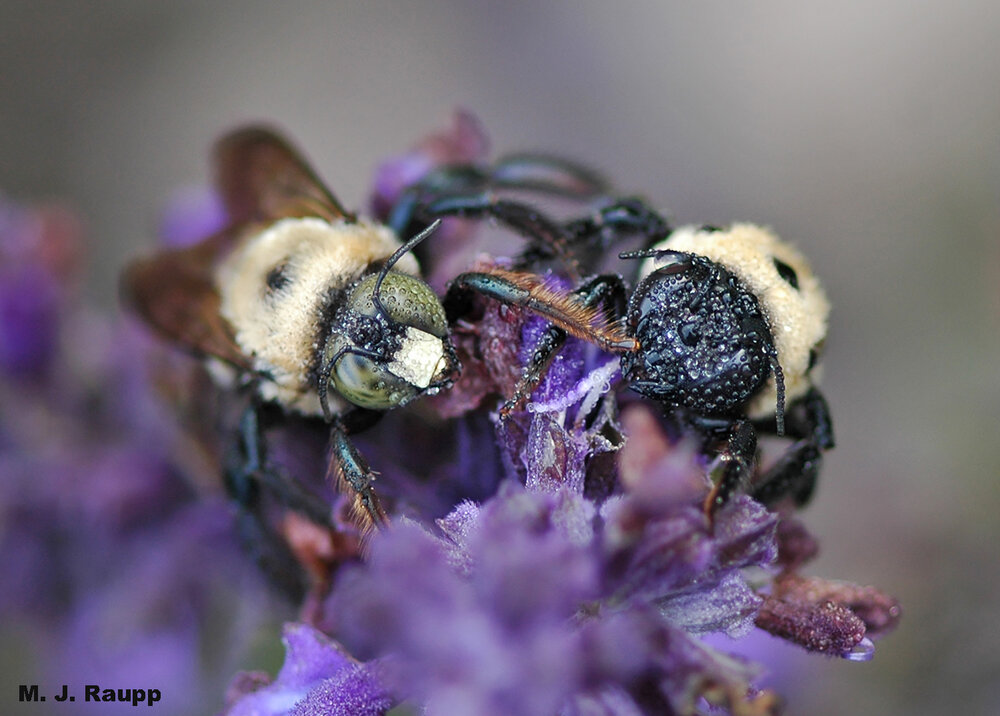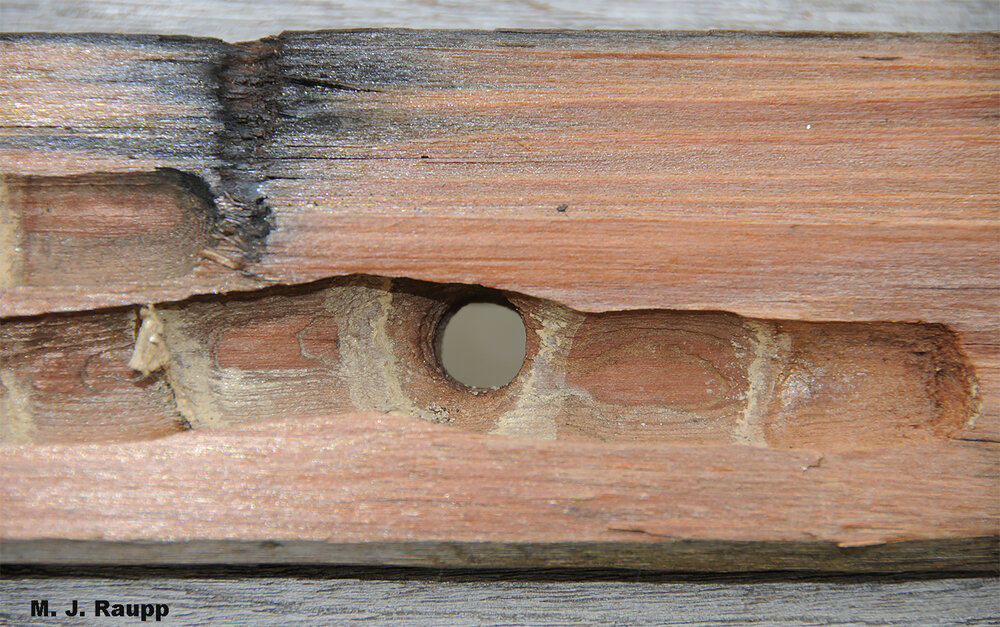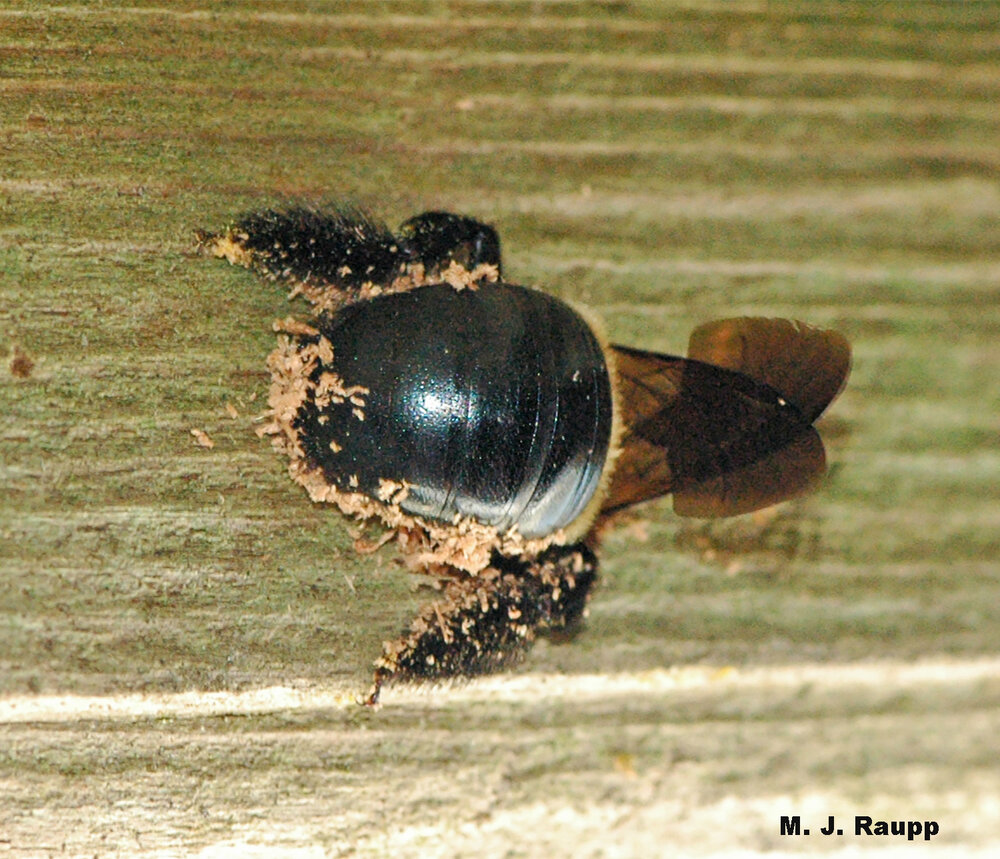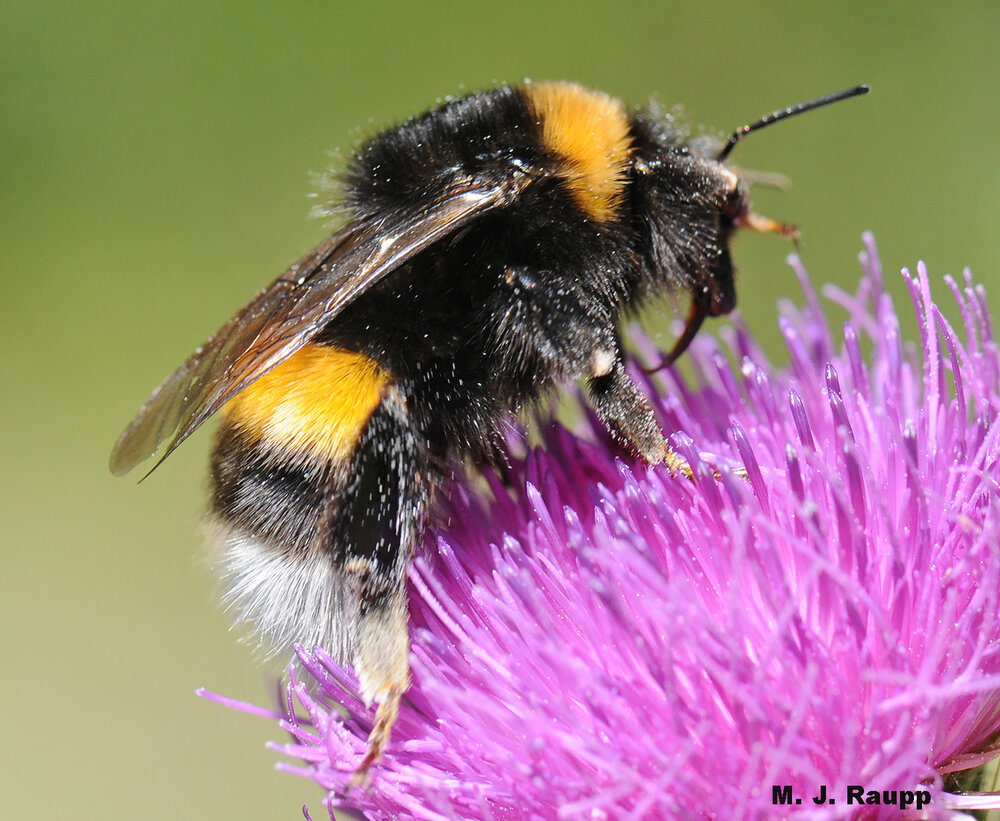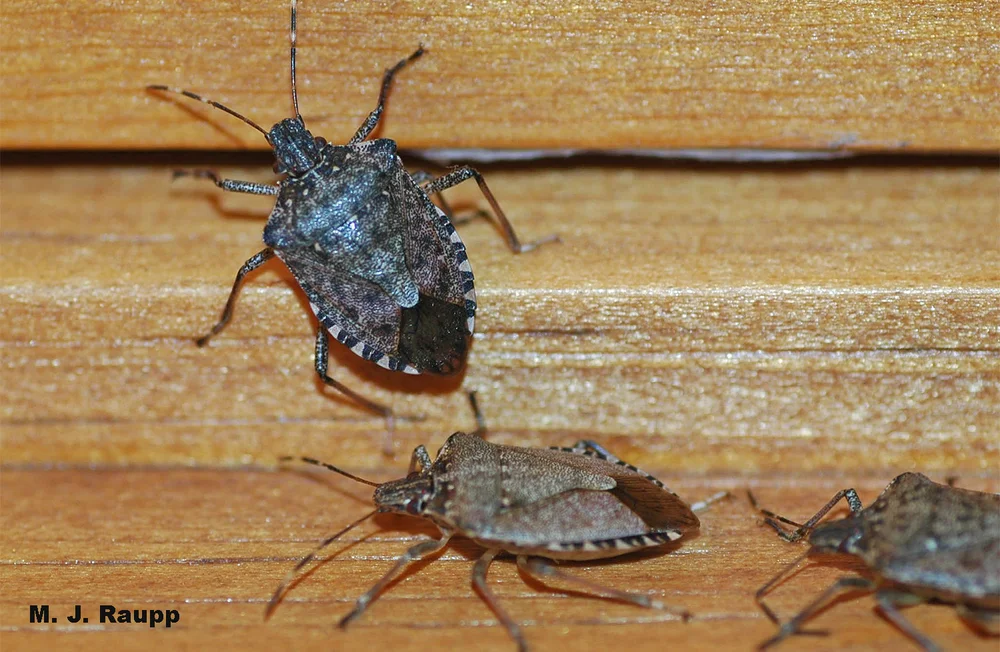6 Mice Myths Debunked
There are hundreds of species of mice found throughout the world and they are divided into subspecies. So of course, this means there are a few species of mice in North America looking to make a home for themselves in your home or business.
Myth 1. Peppermint Oil Prevents Mice Infestations
Fiction
A common myth about mouse repellant is the use of natural peppermint oil to prevent mice infestations. Homeowners are instructed to dip cotton balls in the oil and place around the home.
Peppermint can be an effective deterrent for mice, but it won’t eliminate infestations. Problems will continue in your home and a professional rodent removal and control service might be needed.
Myth 2. Mice Have Hollow Bones
Fiction
It’s true that mice can squeeze in pretty tight spaces, this has led many people to believe that mice have hollow bones.
They don’t.
Mice have a musculoskeletal system, much like humans. The difference for mice, however, is that they don’t have collarbones.
Without collarbones, mice can easily slip through cracks and crannies in homes and businesses.
So even the tiniest nook or crevice can be fair game for a mouse.
Myth 3. Do Cats Keep Mice Away?
Fiction
It’s true that cats are natural-born hunters and they will catch a few mice during their lives.
However, cats won’t fix your mouse problem.
Many homeowners believe that if a cat is in their house, mice will be deterred and decide to move out on their own.
If your house or any other structure has a mouse infestation, it will be nearly impossible for your cat to control the issue.
The occasional mouse or two is okay for your cat, but mice have been known to transmit diseases and parasites. This can be quite problematic for the health of your pets and your family.
Myth 4. Cheese is the Preferred Food for Mice
Fiction
We’ve been told time and time again that cheese is a weakness for mice. When in reality, mice enjoy a variety of foods.
So, what do mice eat?
Mice are foragers, so they will eat almost anything they can get their paws on — including cheese.
The little omnivore enjoys fruits, seeds, and foods that are higher in carbohydrates. However, during times of extreme stress and starvation, mice have been known to eat their young.
Mice are also known for gnawing on materials that are inedible — like electrical wires and cardboard boxes for example. But they aren’t eating these materials. Mice will gnaw on various materials in order to build a nest.
Myth 5. Mice Only Live in Unsanitary Environments
Fiction
Out of all the myths about mice, this is one of the easiest to believe.
But mice will live just about anywhere regardless of its cleanliness. So, if you think your well-kept home or business is safe, you might want to think again.
Mice will find their way into homes, businesses, and other structures through small openings or damaged areas in search of warmth and food.
No matter how clean your home or office is, mice will surely find something appealing once they make their way inside.
Myth 6. Mice Live Alone
Fiction
Ever since mice made their debut as cartoon characters, we’ve been led to believe that mice live alone. And they happen to have cozy mouse-sized recliners and TVs.
The tiny furniture is obviously a novelty idea, but what about the rest of the story? Do mice really live alone?
Mice tend to live in large groups and will breed frequently. So, if you spot a mouse in your house or business, there are probably more.
When it comes to mice, no matter the species, there is one simple truth to keep in mind: you don’t want them in your home or business.
If you’ve spotted a mouse in your house, our trained technicians can create a tailored solution to remove the critter. Our custom solutions will also protect your family and investment from a future mouse infestation.
To learn more about rodent solutions from Catseye Pest Control, contact us today.
6 Mice Myths Debunked first appeared on catseyepest.com

